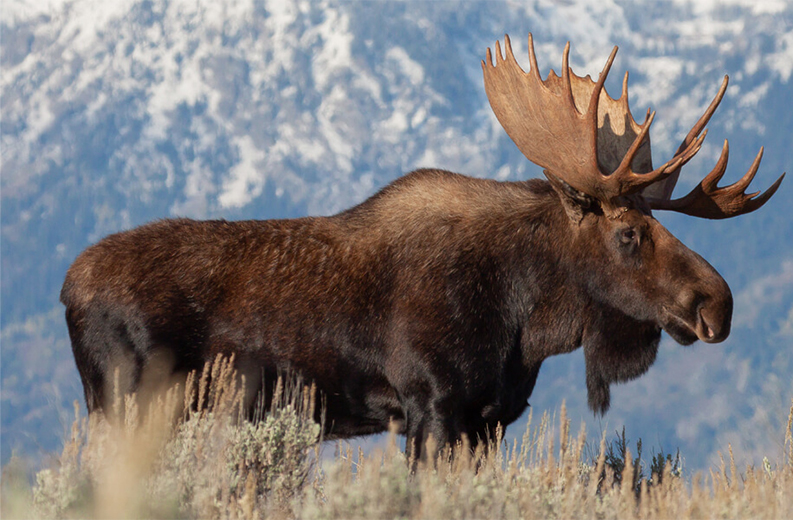From the depths of the oceans to the peaks of mountains, human-caused climate change is making a profound impact on animals and plants around the world, with many species pushed to the brink of extinction by rising temperatures.
From bears to moose to lynx, and even squirrels and frogs, animals are leaving their homes in search of cooler climates as the planet warms. In fact, roughly half of the world’s 4,000 species are on the move, with many migrating northwards towards higher latitudes.
For ecologists and conservationists, understanding how these species’ viable habitats expand and contract in the context of a rapidly shifting climate is critical. As such, species distribution modeling is often used to predict migration habits and suitable habitats for species under different environmental conditions.
